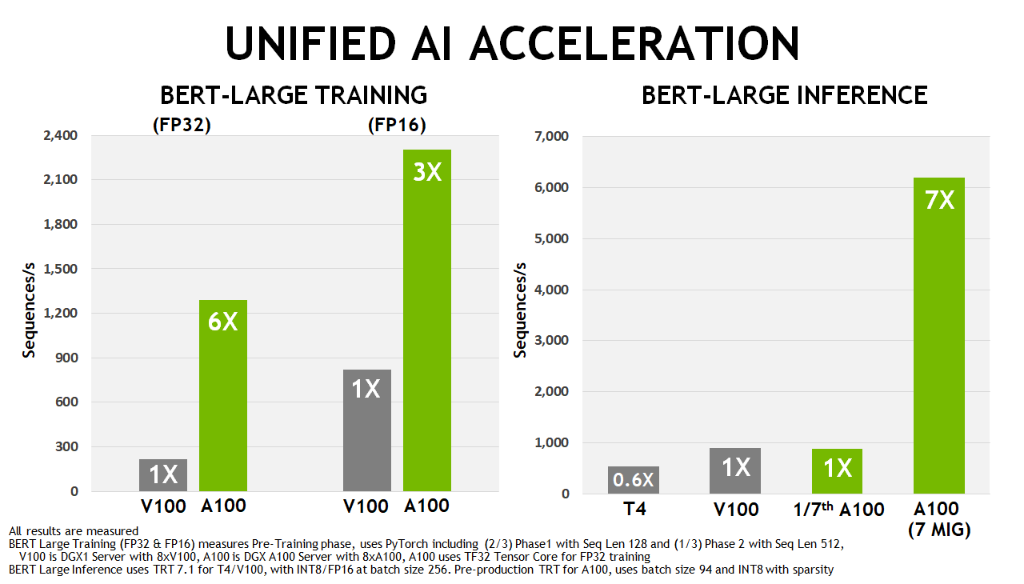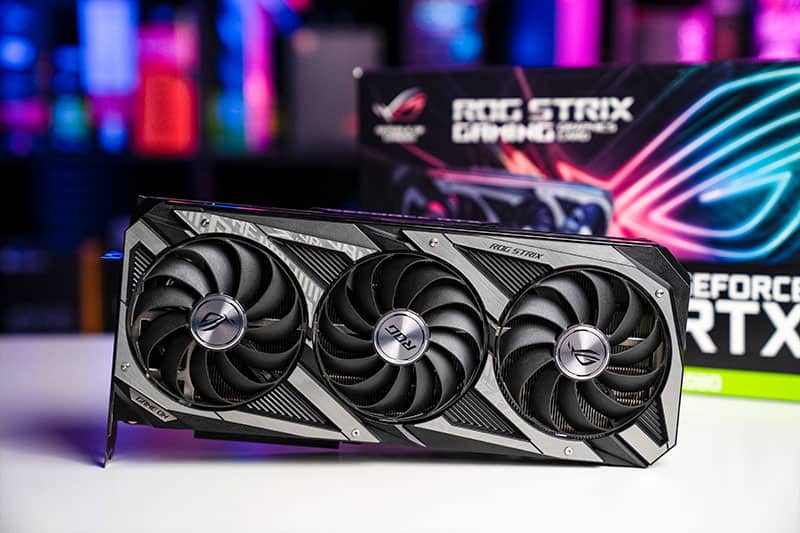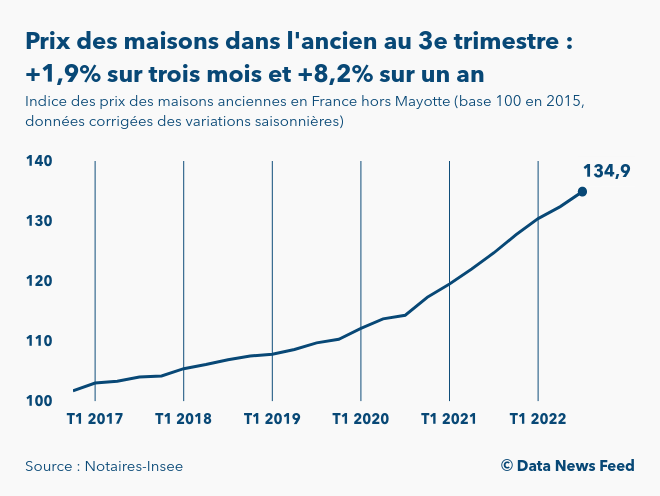Understanding The Recent Surge In GPU Costs

Table of Contents
- Increased Demand for GPUs
- Cryptocurrency Mining Boom
- Gaming Industry Growth
- AI and Machine Learning Applications
- Supply Chain Disruptions and Shortages
- Global Chip Shortage
- Manufacturing Bottlenecks
- Increased Manufacturing Costs
- Raw Material Prices
- Energy Costs
- Transportation and Logistics
- Conclusion: Navigating the High Cost of GPUs – A Look Ahead
Increased Demand for GPUs
The dramatic increase in GPU costs is largely fueled by a significant surge in demand across various sectors.
Cryptocurrency Mining Boom
The cryptocurrency mining boom, particularly the popularity of Ethereum mining before its merge to proof-of-stake, significantly impacted GPU demand.
- High computational power: Cryptocurrencies like Ethereum require immense computational power to solve complex mathematical problems, making GPUs essential for mining.
- Profitability drives demand: The potential for profit attracted many individuals and businesses to invest in powerful GPUs, leading to a sharp increase in demand.
- Increased competition: This heightened competition among miners drove up the price of GPUs, as miners were willing to pay a premium for the most efficient hardware.
- Statistics: While precise figures on GPU usage in mining are difficult to obtain due to the decentralized nature of the market, reports from various sources indicate a substantial portion of GPU production was absorbed by the cryptocurrency mining industry in previous years.
Gaming Industry Growth
The gaming industry's explosive growth is another major contributor to increased GPU demand.
- New console generations: The release of new gaming consoles, like the PlayStation 5 and Xbox Series X, created a surge in demand for high-performance GPUs.
- High-fidelity gaming: The ongoing trend towards higher resolutions (4K, 8K), improved graphics fidelity (ray tracing), and more complex game worlds demands ever-more-powerful GPUs.
- Increased esports popularity: The rise of esports further fuels the demand for high-end GPUs, as professional gamers require the best possible performance to compete at the highest levels.
- VR/AR growth: The expanding virtual reality (VR) and augmented reality (AR) markets also contribute to the demand for sophisticated GPU technology, as these applications demand considerable processing power.
AI and Machine Learning Applications
The rapid advancement and adoption of artificial intelligence (AI) and machine learning (ML) applications have significantly increased the demand for GPUs.
- GPU acceleration: GPUs are exceptionally well-suited for accelerating the complex computations involved in AI and ML, making them indispensable for training and deploying AI models.
- Data center deployments: Large data centers supporting AI and ML initiatives require massive numbers of high-performance GPUs.
- Market growth: The AI and ML market is expanding rapidly, leading to an increased demand for GPUs and driving prices upwards.
- Statistics: The global AI market is projected to grow exponentially in the coming years, directly correlating to an even greater need for advanced GPU processing power.
Supply Chain Disruptions and Shortages
Beyond increased demand, the global semiconductor shortage and related supply chain issues have severely impacted GPU availability and exacerbated price increases.
Global Chip Shortage
The ongoing global chip shortage has had a devastating effect on the production of GPUs.
- Pandemic impact: The COVID-19 pandemic disrupted global supply chains, leading to factory closures, logistical bottlenecks, and a shortage of essential materials.
- Geopolitical factors: Trade disputes and geopolitical tensions further complicated the situation, impacting the availability of crucial components.
- Increased demand: The confluence of high demand across multiple sectors and restricted supply led to significant price hikes.
- Data: Reports from industry analysts indicate that the semiconductor shortage resulted in substantial delays and production shortfalls for GPU manufacturers.
Manufacturing Bottlenecks
Several bottlenecks in GPU manufacturing have contributed to limited supply.
- Factory capacity: Limited production capacity at GPU manufacturing facilities has hampered the industry's ability to meet the surging demand.
- Raw material scarcity: Shortages of raw materials, including silicon wafers and precious metals, have restricted GPU production.
- Logistical challenges: Transportation delays, port congestion, and other logistical issues further complicate the supply chain and impact GPU availability.
- Labor shortages: The industry also faced labor shortages, affecting overall production capabilities and adding to cost pressures.
Increased Manufacturing Costs
The cost of producing GPUs has also increased significantly, contributing to the higher prices consumers face.
Raw Material Prices
The prices of raw materials used in GPU manufacturing have experienced substantial increases.
- Silicon wafers: The price of silicon wafers, a crucial component of GPUs, has risen due to increased demand and supply chain disruptions.
- Precious metals: Precious metals like gold, platinum, and palladium are used in certain GPU components, and their price volatility directly impacts the overall cost of production.
- Other materials: Other essential materials, such as packaging and specialized chemicals, also experienced price increases.
- Data: Market reports show considerable fluctuations in the prices of these raw materials over the past few years, mirroring the overall cost pressures faced by GPU manufacturers.
Energy Costs
Rising energy costs have added to the overall production expenses for GPUs.
- Manufacturing processes: GPU manufacturing is an energy-intensive process, and higher energy prices directly increase production costs.
- Transportation: The transportation of materials and finished products consumes considerable energy, adding to the overall cost.
- Data: Reports from various regions reveal a steady increase in energy prices, significantly impacting the cost of producing and delivering GPUs.
Transportation and Logistics
Increased transportation and logistics costs have contributed to higher GPU prices.
- Fuel costs: Higher fuel prices significantly increase the cost of shipping raw materials and finished products.
- Shipping delays: Port congestion, shipping container shortages, and other logistical bottlenecks cause delays and increase transportation costs.
- Trade tariffs: Import tariffs and trade restrictions can also contribute to higher transportation and logistics costs.
- Data: Indices tracking freight rates and transportation costs indicate significant increases, impacting the final cost of GPUs to consumers.
Conclusion: Navigating the High Cost of GPUs – A Look Ahead
The surge in GPU costs is a result of the complex interplay of increased demand from various sectors, crippling supply chain disruptions, and rising manufacturing costs. While the current market conditions present challenges, there are indications that increased production capacity and market stabilization may eventually lead to price moderation. However, the long-term outlook remains somewhat uncertain. Technological advancements and emerging alternatives could also influence future GPU pricing. Stay updated on the latest developments in GPU costs to make informed decisions. By understanding the complex interplay of factors impacting GPU costs, consumers and businesses can better navigate this challenging market.

 Find 2025 New York Yankees Hats Jerseys And Apparel Top Retailers
Find 2025 New York Yankees Hats Jerseys And Apparel Top Retailers
 Is This Red Sox Sleeper Hitter About To Become A Breakout Star
Is This Red Sox Sleeper Hitter About To Become A Breakout Star
 Why Are Gpu Prices Skyrocketing Again
Why Are Gpu Prices Skyrocketing Again
 Blue Jays Vs Red Sox Complete Lineup Analysis With Buehler And Outfielder News
Blue Jays Vs Red Sox Complete Lineup Analysis With Buehler And Outfielder News
 End Of Ryujinx Nintendo Contact Forces Emulator Shutdown
End Of Ryujinx Nintendo Contact Forces Emulator Shutdown
 Carte Immobiliere Visualisez Les Variations Des Prix Des Maisons En France
Carte Immobiliere Visualisez Les Variations Des Prix Des Maisons En France
 Chateau Diy Easy Tutorials And Inspiring Design Ideas
Chateau Diy Easy Tutorials And Inspiring Design Ideas
 Change At The Helm Michael De Lil To Succeed Leslie Cable For Eurovision Belgium
Change At The Helm Michael De Lil To Succeed Leslie Cable For Eurovision Belgium
 Formation Archiviste Poitiers Diplome Universitaire Et Bases Du Metier
Formation Archiviste Poitiers Diplome Universitaire Et Bases Du Metier
 10km Wrong Way Drive British Drivers French Motorway Incident
10km Wrong Way Drive British Drivers French Motorway Incident
